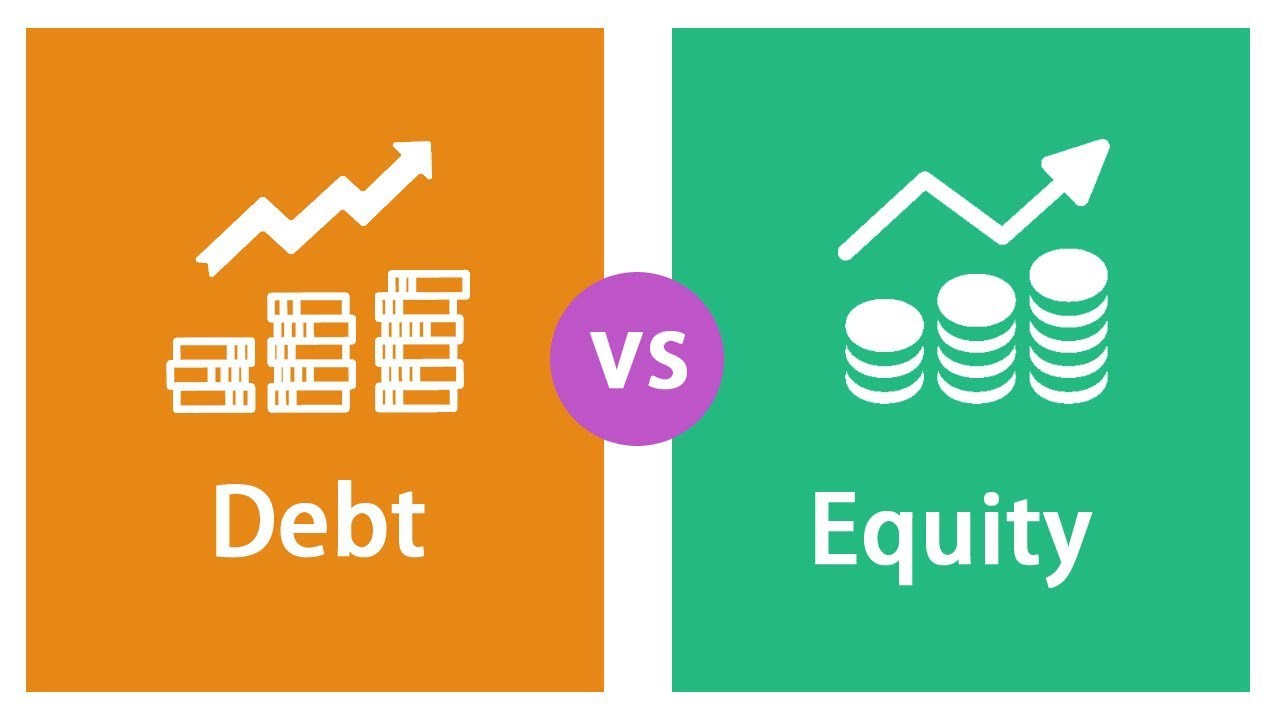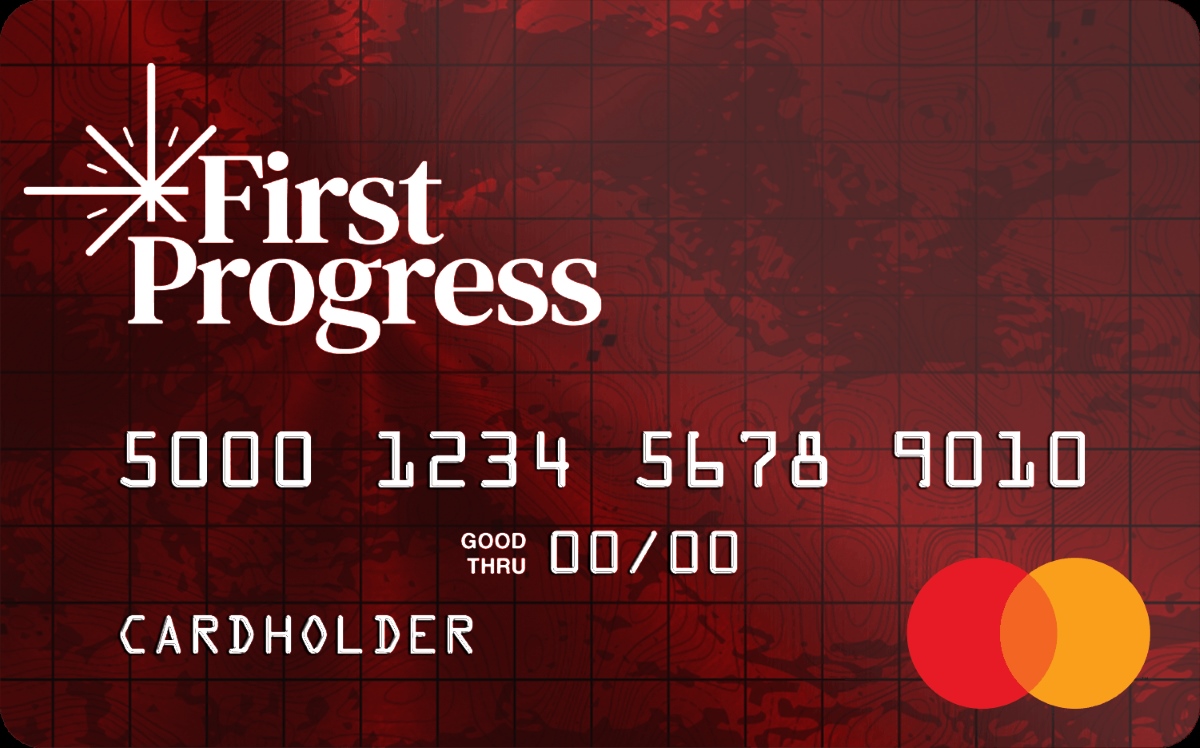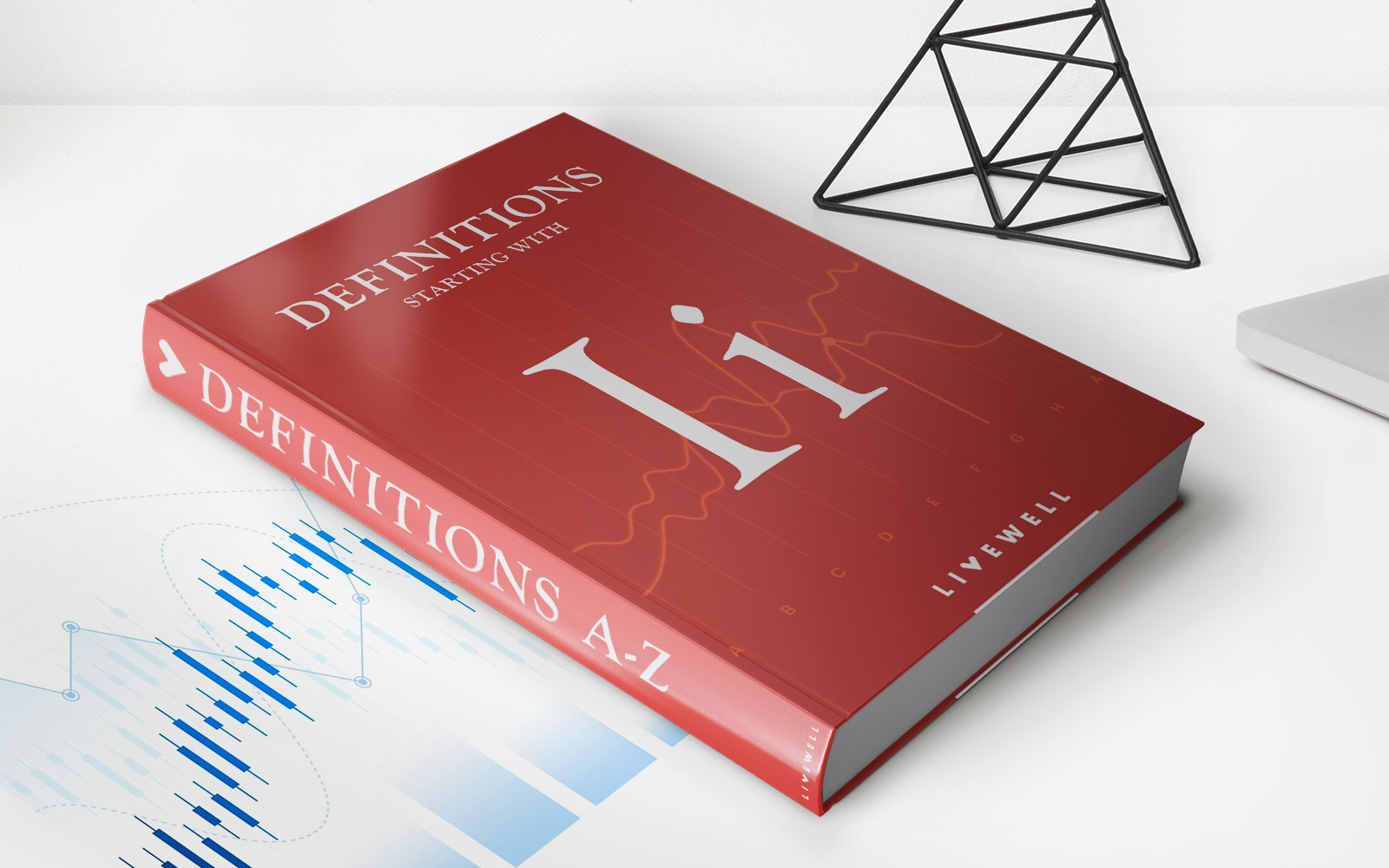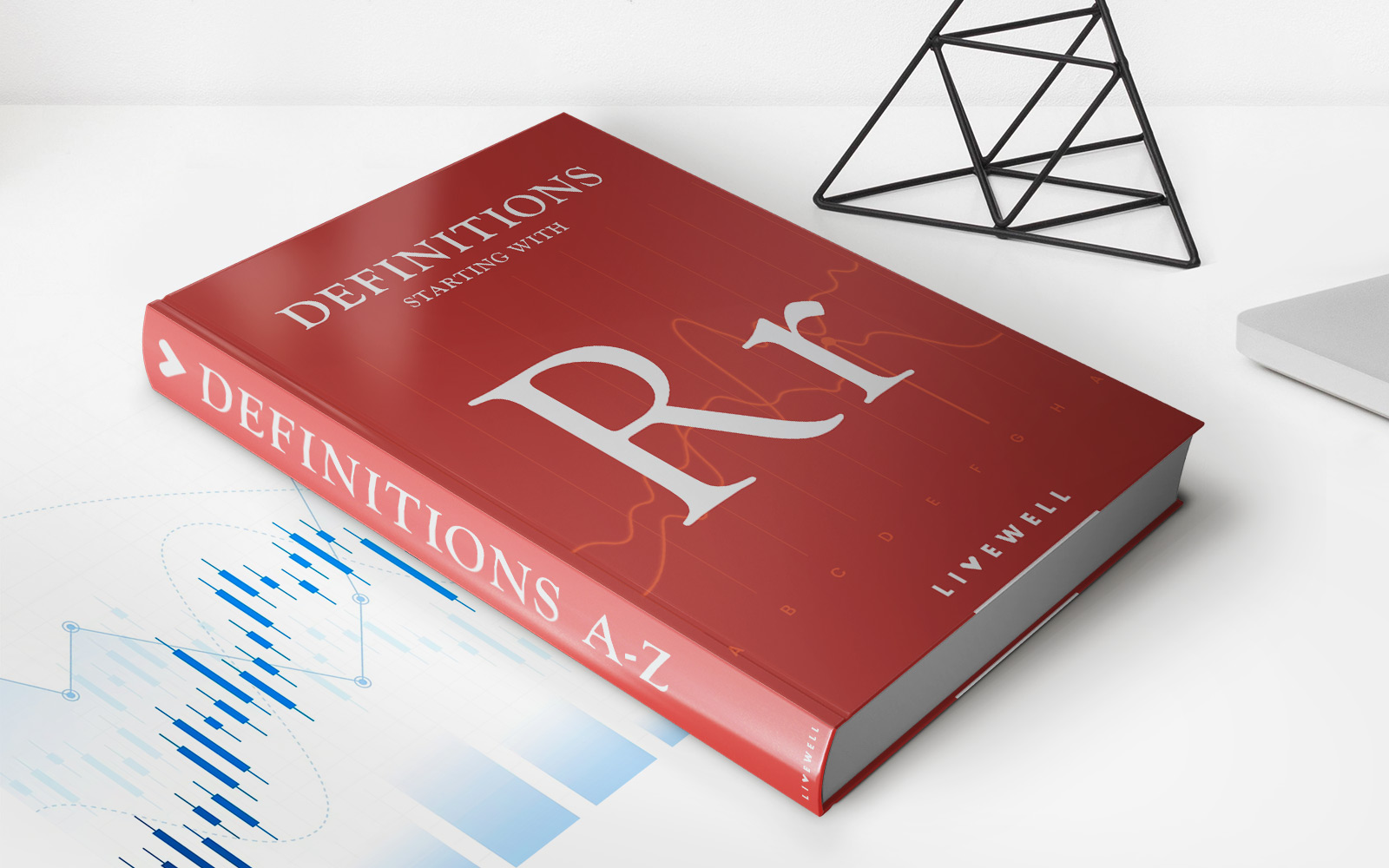Home>Finance>What Is The Difference Between Secured Card And Unsecured Card
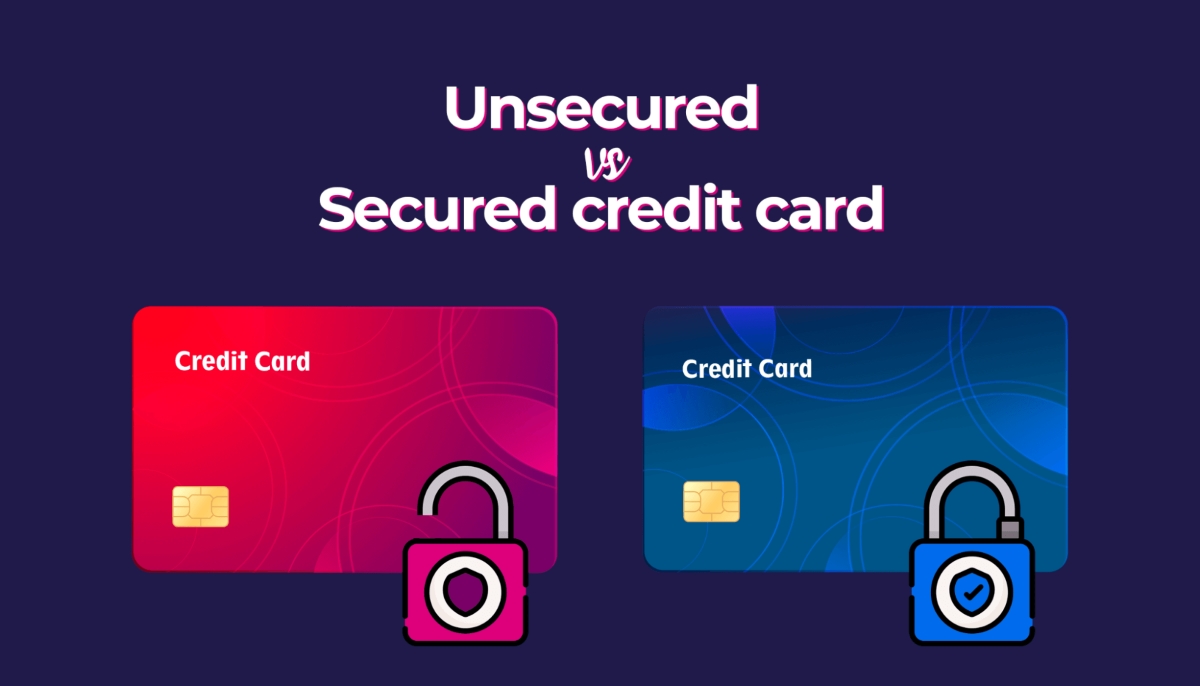

Finance
What Is The Difference Between Secured Card And Unsecured Card
Published: March 1, 2024
Learn about the key distinctions between secured and unsecured credit cards in the realm of finance. Make an informed decision for your financial needs.
(Many of the links in this article redirect to a specific reviewed product. Your purchase of these products through affiliate links helps to generate commission for LiveWell, at no extra cost. Learn more)
Table of Contents
Introduction
When it comes to managing finances and building a strong credit history, credit cards play a pivotal role. They offer convenience, purchasing power, and the opportunity to establish a positive credit profile. However, individuals seeking to obtain a credit card are often confronted with the choice between secured and unsecured cards. Understanding the differences between these two types of credit cards is essential for making an informed decision that aligns with one's financial goals and circumstances.
In this comprehensive guide, we will delve into the nuances of secured and unsecured credit cards, shedding light on their unique features, advantages, and potential drawbacks. Whether you're a financial novice looking to establish credit or someone aiming to rebuild a tarnished credit history, this exploration will equip you with the knowledge to navigate the credit card landscape with confidence.
By the end of this article, you will have a clear understanding of the distinctions between secured and unsecured cards, enabling you to make a well-informed choice that suits your individual financial needs and aspirations. Let's embark on this enlightening journey to unravel the intricacies of secured and unsecured credit cards and empower you to take charge of your financial future.
Definition of Secured Card
A secured credit card is a financial tool designed for individuals who are either new to credit or are working to rebuild their credit history. Unlike traditional unsecured credit cards, a secured card requires the cardholder to provide a security deposit to the card issuer, typically equal to the card’s credit limit. This deposit serves as collateral and mitigates the risk for the issuer, making it an accessible option for individuals with limited or damaged credit.
Secured cards function similarly to unsecured cards in that they can be used for various transactions, including purchases and bill payments. The cardholder receives a monthly statement and is required to make payments on the outstanding balance, just like with an unsecured card. However, in the event of default, the issuer can utilize the security deposit to cover the unpaid balance, providing a level of assurance for the lender.
It’s important to note that while the security deposit reduces the risk for the issuer, it does not serve as a means of repaying the card balance. Cardholders are still responsible for making timely payments to maintain a positive credit standing. With responsible use, secured cards can serve as a stepping stone to establishing or rebuilding credit, paving the way for future access to unsecured credit cards and favorable loan terms.
Definition of Unsecured Card
An unsecured credit card is a financial instrument that does not require the cardholder to provide a security deposit as collateral. Unlike secured cards, which are tailored for individuals with limited or impaired credit histories, unsecured cards are extended to consumers based on their creditworthiness and ability to repay debts. The approval process for unsecured cards typically involves a thorough assessment of the applicant’s credit score, income, employment status, and existing financial obligations.
Unsecured cards offer a predetermined credit limit, allowing cardholders to make purchases and access funds up to the specified threshold without the need for a security deposit. The credit limit is determined by the card issuer based on the applicant’s credit profile and financial standing. With an unsecured card, the cardholder is expected to make regular payments on the outstanding balance and is subject to the terms and conditions outlined in the card agreement.
Given that unsecured cards do not require collateral, they are considered a higher risk for lenders, especially when extended to individuals with limited credit history or blemishes on their credit reports. As a result, unsecured cards often carry higher interest rates and fees compared to secured cards, reflecting the increased risk borne by the issuer. However, for consumers with established credit and responsible financial habits, unsecured cards offer greater flexibility and purchasing power without the need to tie up funds in a security deposit.
Key Differences Between Secured and Unsecured Cards
Understanding the distinctions between secured and unsecured credit cards is crucial for individuals seeking to select the most suitable option based on their financial circumstances and goals. The following key differences delineate the unique characteristics of secured and unsecured cards:
- Collateral Requirement: One of the fundamental disparities between secured and unsecured cards lies in the collateral requirement. Secured cards necessitate a security deposit, which determines the card’s credit limit and serves as a form of collateral to mitigate the issuer’s risk. In contrast, unsecured cards do not mandate a security deposit, as they are extended based on the applicant’s creditworthiness and financial standing.
- Credit Approval Criteria: Secured cards are accessible to individuals with limited or impaired credit history, making them an entry point for establishing credit. The approval for secured cards is primarily based on the applicant’s ability to provide the required security deposit, rather than stringent credit score requirements. Unsecured cards, on the other hand, necessitate a robust credit profile and may be accompanied by stringent credit score and income criteria for approval.
- Interest Rates and Fees: Secured cards often feature lower interest rates and fees compared to unsecured cards, as the security deposit mitigates the issuer’s risk. Unsecured cards, especially those extended to individuals with less-than-stellar credit, typically carry higher interest rates and fees to offset the heightened risk associated with lending without collateral.
- Credit Building Potential: While both secured and unsecured cards allow cardholders to demonstrate responsible credit management, secured cards are particularly advantageous for individuals aiming to establish or rebuild credit. By using a secured card responsibly and making timely payments, cardholders can bolster their creditworthiness over time, potentially paving the way for access to unsecured credit and better loan terms in the future.
- Access to Funds: Unsecured cards offer immediate access to a predetermined credit limit without tying up funds in a security deposit. This provides greater financial flexibility for individuals with established credit, enabling them to make purchases and manage expenses without the need for collateral.
By comprehending these fundamental disparities, individuals can make informed decisions when evaluating the suitability of secured and unsecured credit cards based on their unique financial situations and aspirations.
Advantages and Disadvantages of Secured Cards
Secured credit cards offer a range of benefits and drawbacks that individuals should consider when evaluating their suitability for establishing or rebuilding credit. Understanding the advantages and potential limitations of secured cards is essential for making an informed decision. Let’s explore the key advantages and disadvantages:
Advantages:
- Accessible to Individuals with Limited Credit: Secured cards provide an entry point for individuals with limited or impaired credit history to access a credit card, as they are primarily secured by a cash deposit rather than reliant on a robust credit profile.
- Opportunity to Build Credit: By using a secured card responsibly and making timely payments, cardholders can demonstrate creditworthiness and establish a positive credit history. This can be particularly beneficial for individuals aiming to improve their credit scores and qualify for unsecured credit in the future.
- Security Deposit Protection: The security deposit provides a level of protection for the card issuer, allowing them to mitigate the risk associated with lending to individuals with limited credit history. This arrangement also offers peace of mind for the cardholder, knowing that their credit limit is backed by a deposit.
- Financial Discipline and Education: Secured cards can serve as a tool for developing responsible financial habits. Cardholders can learn to manage credit, make timely payments, and stay within their credit limits, fostering discipline and financial literacy.
Disadvantages:
- Security Deposit Requirement: The need to provide a security deposit can pose a financial barrier for some individuals, as it ties up funds that could otherwise be used for other purposes. While the deposit is refundable upon account closure, it requires an initial outlay of funds.
- Limited Credit Limit: Secured cards often have lower credit limits compared to unsecured cards, which can impact purchasing power and financial flexibility. This limitation may necessitate careful budgeting and planning to manage expenses within the available credit limit.
- Potential for Higher Fees: Some secured cards may come with higher fees, including annual fees and application fees. It’s essential for individuals to carefully review the fee structure and terms associated with secured cards to ensure they align with their financial goals.
- Perception and Stigma: While using a secured card is a practical step towards credit building, some individuals may feel self-conscious about using a card that requires a security deposit, potentially impacting their confidence and self-image.
By weighing these advantages and disadvantages, individuals can make an informed decision about whether a secured credit card aligns with their financial objectives and circumstances.
Advantages and Disadvantages of Unsecured Cards
Unsecured credit cards offer a range of benefits and potential drawbacks that individuals should carefully consider when assessing their suitability for meeting financial needs and goals. Understanding the advantages and limitations of unsecured cards is essential for making an informed decision. Let’s explore the key advantages and disadvantages:
Advantages:
- Greater Financial Flexibility: Unsecured cards provide access to a predetermined credit limit without the need for a security deposit, offering greater purchasing power and financial flexibility compared to secured cards.
- Established Credit Access: For individuals with established credit histories, unsecured cards offer a convenient means of accessing credit without tying up funds in a security deposit. This can be particularly beneficial for managing day-to-day expenses and unexpected financial needs.
- Rewards and Perks: Many unsecured cards offer rewards programs, cashback incentives, and various perks such as travel benefits, purchase protection, and extended warranties. These features can provide added value for cardholders who actively use their cards for everyday spending.
- Builds Credit History: Responsible use of an unsecured card, including making timely payments and managing credit utilization, contributes to building and strengthening one’s credit history. This can lead to improved credit scores and enhanced access to credit in the future.
Disadvantages:
- Stringent Approval Criteria: Unsecured cards often require a robust credit profile for approval, including a good credit score, stable income, and a demonstrated history of responsible credit management. This can pose challenges for individuals with limited or impaired credit history.
- Higher Interest Rates and Fees: Unsecured cards, especially those extended to individuals with less-than-stellar credit, may come with higher interest rates and fees compared to secured cards. This can result in increased borrowing costs and financial burden for cardholders.
- Risk of Overspending: The absence of a security deposit and the availability of a higher credit limit can potentially lead to overspending and accumulation of debt if not managed prudently. Cardholders must exercise discipline and responsible financial management to avoid falling into debt traps.
- Potential for Debt Accumulation: Without the safeguard of a security deposit, individuals using unsecured cards may be at a higher risk of accumulating debt, especially if they are not diligent in managing their credit card balances and making timely payments.
By carefully evaluating these advantages and disadvantages, individuals can make informed decisions about whether an unsecured credit card aligns with their financial objectives and capacity for responsible credit management.
How to Choose Between Secured and Unsecured Cards
When faced with the decision of choosing between secured and unsecured credit cards, individuals should consider several key factors to determine the most suitable option based on their unique financial circumstances and goals. The following considerations can guide individuals in making an informed choice:
Assess Your Credit History and Financial Standing:
Start by evaluating your current credit status. If you have a limited credit history or have encountered challenges that have impacted your credit score, a secured credit card may be a practical starting point for establishing or rebuilding credit. On the other hand, if you have a solid credit history and demonstrate responsible financial habits, an unsecured card may offer greater convenience and flexibility.
Review Your Budget and Cash Flow:
Consider your budget and cash flow to determine the feasibility of providing a security deposit for a secured card. If tying up funds in a security deposit poses a financial strain, an unsecured card may be a more viable option. However, if you can comfortably allocate funds for a security deposit and view it as an investment in building credit, a secured card could be a strategic choice.
Evaluate the Cost and Fee Structure:
Compare the cost and fee structures of secured and unsecured cards. While secured cards may carry lower interest rates and fees, they often require an initial security deposit and may include application fees. Unsecured cards, while offering greater financial flexibility, may come with higher interest rates and fees, particularly for individuals with less-than-ideal credit scores. Carefully assess the overall cost implications to make an informed decision.
Consider Your Long-Term Financial Goals:
Reflect on your long-term financial objectives. If your primary goal is to establish or improve your credit history, a secured card can serve as a valuable tool for achieving this objective. Alternatively, if you seek a credit card for everyday spending, travel, or specific rewards, an unsecured card with a rewards program and additional perks may align more closely with your aspirations.
Seek Professional Guidance if Needed:
If you are uncertain about which type of credit card is best suited for your situation, consider seeking guidance from financial advisors or credit counselors. These professionals can provide personalized insights and recommendations based on your individual financial profile and goals, empowering you to make a well-informed decision.
By carefully considering these factors and aligning them with your financial objectives, you can confidently select the type of credit card that best suits your needs and sets the stage for achieving your long-term financial aspirations.
Conclusion
Choosing between secured and unsecured credit cards is a significant decision that can profoundly impact an individual’s financial journey. Each type of card offers distinct advantages and considerations, making it essential for individuals to assess their unique circumstances and goals when making this choice.
For those seeking to establish or rebuild credit, secured credit cards provide an accessible pathway to demonstrate responsible credit management and lay a foundation for a positive credit history. The security deposit requirement, while posing an initial financial commitment, offers a practical means of accessing credit and working towards improved financial standing.
Conversely, unsecured credit cards cater to individuals with established credit histories and offer greater financial flexibility, rewards programs, and perks. However, they may come with higher interest rates and fees, necessitating prudent financial management to avoid potential debt accumulation.
Ultimately, the decision between secured and unsecured credit cards hinges on an individual’s current credit status, financial capacity, and long-term objectives. By carefully evaluating these factors and considering the implications of each card type, individuals can make an informed choice that aligns with their financial aspirations.
Whether embarking on the journey to establish credit for the first time or striving to rebuild and strengthen one’s financial standing, the selection of a secured or unsecured credit card represents a pivotal step towards achieving greater financial security and freedom. Armed with a comprehensive understanding of the nuances of each card type, individuals can navigate the credit landscape with confidence, leveraging the appropriate tool to propel them towards their desired financial outcomes.


